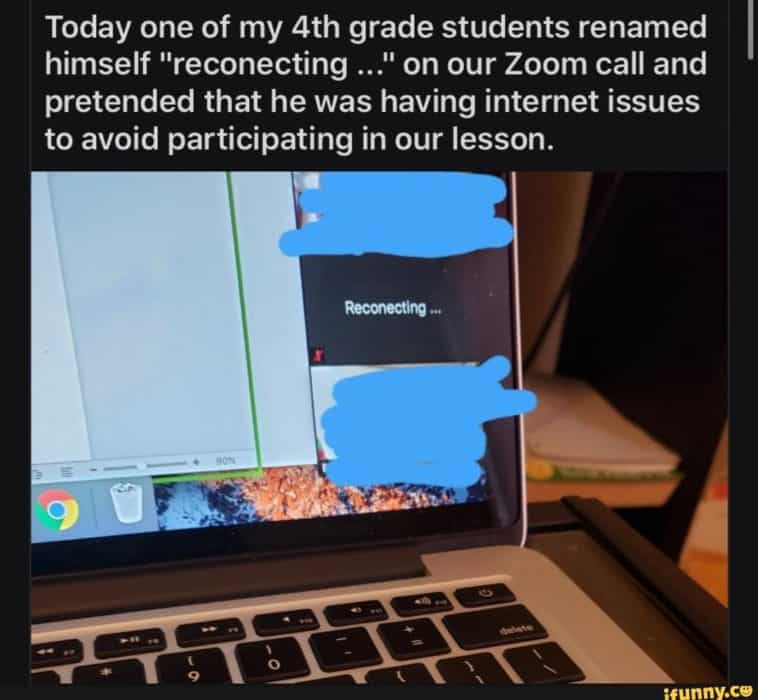Having students retain information through their preferred learning style is already challenging in a classroom but can distance learning be adapted to teach a student’s preferred learning style?
The answer is yes.
We have to adapt the way we have thought about using it before in a classroom.
But before I show you how, it would be sensible for us to understand there are several theories on learning styles.
4 Prominent Learning Style
Inventory Types
Let’s go back to my favorite, Howard Gardner’s Multiple Intelligences, where he identified eight learning intelligences: Naturalist, Spatial, Linguistic, Intra-personal, Interpersonal, logical-mathematics, musical, and kinesthetic.
His work was first introduced in his book Frames of Mind, where he outlines how each intelligence upon each strength and weaknesses.
Another learning style theory comes from Psychologist David Kolb, where he believed our learning styles result from our genetics, our experiences, and a person’s current environment.
Kolb’s Theory of Learning Styles describes four learning styles: the Converger, the Diverger, the Assimilator, and the Accommodator. He even expands his work, where he taps into the theory of personality by Carl Jung where he discusses the introvert and extrovert.
Fleming’s VARK Learning Style comes as a derivative of Gardner’s Multiple Intelligences. Favored by many educators, this learning style continues to be utilized today. VARK represents Visual Learning, Auditory Learning, Reading and Writing, and Kinesthetic Learning. One concern with Fleming’s work comes from his approach to group many aspects under one of the four styles, which can hamper a student’s learning.
Last, one learning style combines learning and personality. Thanks to Chris J. Jackson’s hybrid model, he identifies how his Learning Styles Profiler (LSP) is affected by many variables such as choice and experience. Still, it measures how people learn at work, making it a favorite in many corporate settings.
Transform A Student’s Learning Style
Into Digital Learning
The first thing to do is to identify which learning style works the best. Based on my experiences as an educator and conducted research, I know that Howard Gardner’s Multiple Intelligences will work the best.
If you take all eight intelligences, you can map out several apps or programs to tap into every student’s forte.
For example, musically inclined students would learn the skill the best through YouTube or perhaps an online website that would tap into a student’s strengths.
The table below identifies each multiple intelligence and how it can blend in with distance learning.
[table id=40 /]
Things to Remember
Using the same style of delivery becomes mundane, especially if you are conducting a class online. That’s why you so should integrate as many multiple intelligences in every lesson.
The results will show you that you will have more engagement and a higher quality of work. The best part of it all is it will make time go by quickly.
Always remember this one simple expression…
Our imagination only bounds us.
That’s why we must exhaust all resources for teaching our children.
It’s out there. It can be done.
It’s time to begin the transformation.
So how are you going to teach today?
Make it a great day or not; the choice is yours!
What are other examples that would fall within each intelligence? Let’s hear them!
Want to check out one of the other blogs, click here!
Or if you would like to get some assistance with digital learning, feel free to contact me.

